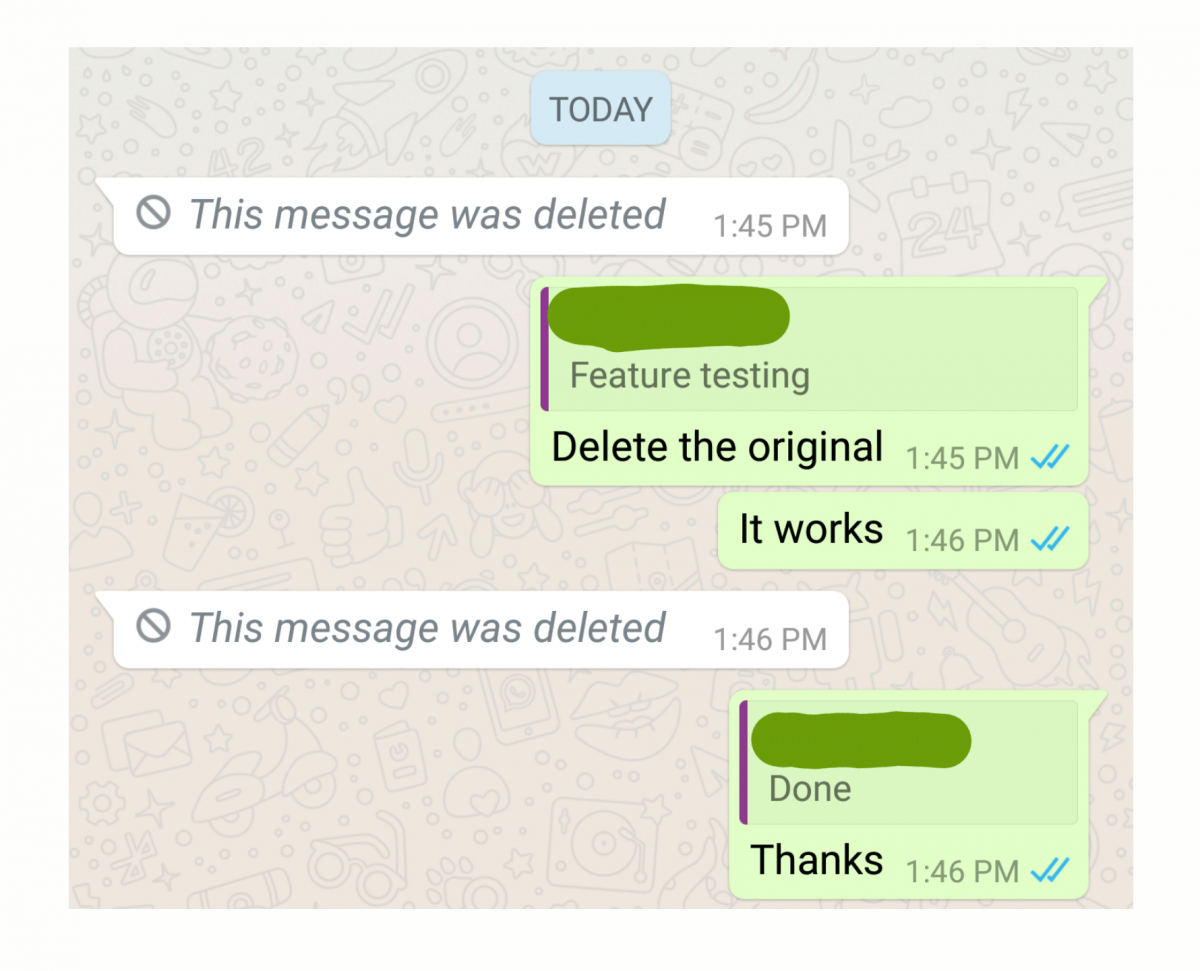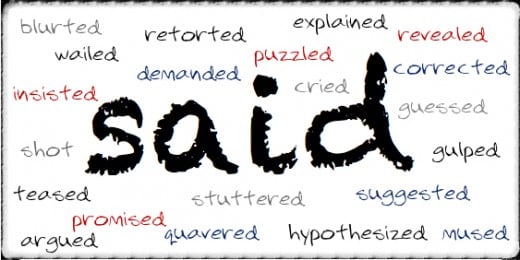

However, it is important that users know what it is when they encounter it on a Non-text content that is time-based mediaġ.2: Time-Based Media. Least knows what the non-text content is and why it is there.

Is provided to describe the purpose of the non-text content so that the person at , such as images used as submit buttons, image maps or complex animations, a name Note thatįiles are covered below (see 3rd paragraph following this one).įor non-text content that is a control or accepts user input Short and long text alternativesĬan be used as needed to convey the information in the non-text content. Modality (for example, visual, auditory or tactile). Such as charts, diagrams, audio recordings, pictures, and animations, text alternativesĬan make the same information available in a form that can be rendered through any Non-text content can take a number of forms, and this Success Criterion specifiesįor non-text content that is not covered by one of the other situations listed below, Not requiring CAPTCHAs for authorized users.Providing access to a human customer service representative who can bypass CAPTCHA.Providing more than two modalities of CAPTCHAs.Of this topic and should go as far beyond the minimum requirements of the guidelinesĪs possible. Organizations motivated to conform to WCAG should be aware of the importance The minimum requirements, the Working Group provides recommendations for additional Requiring two differentįorms of CAPTCHA on a given site ensures that most people with disabilities will findīecause some users with disabilities will still not be able to access sites that meet With disabilities, yet is also considered adoptable by sites. To structure the requirement about CAPTCHA in a way that meets the needs of most people For this reason the Working Group has chosen This would create barriers forĪ great many more users with disabilities. Not to conform to WCAG rather than abandon CAPTCHA. Working Group believes that if CAPTCHAs were forbidden outright, Web sites would choose However, they are widely used, and the Web Content Accessibility Guidelines Every type of CAPTCHA will be unsolvable by users with certainĭisabilities. Inaccessibility of CAPTCHA, CAPTCHAs intrinsically push the edges of human abilities in an attempt to defeatĪutomated processes. Translated into sign language or into a simpler form of the same language.ĬAPTCHAs are a controversial topic in the accessibility community. In the future, text alternatives will also allow information to be more easily Hear an audio file can have the text alternative displayed so that he or she can read Have the text alternative read aloud using synthesized speech. For example, a person who cannot see a picture can Providing text alternatives allows the information to be rendered in a variety of Modality (for example, visual, auditory or tactile) to match the needs of the user. Way for making information accessible because they can be rendered through any sensory The intent of this Success Criterion is to make information conveyed by non-text contentĪccessible through the use of a text alternative.

In a way that it can be ignored by assistive technology. If non-text content is pure decoration, is used only for visual formatting, or is not presented to users, then it is implemented Using output modes for different types of sensory perception are provided to accommodate The purpose of the non-text content are provided, and alternative forms of CAPTCHA If the purpose of non-text content is to confirm that content is being accessed byĪ person rather than a computer, then text alternatives that identify and describe If non-text content is primarily intended to create a specific sensory experience, then text alternatives at least provide descriptive identification of the non-text If non-text content is a test or exercise that would be invalid if presented in text, then text alternatives at least provide descriptive identification of the non-text (Refer to Guideline 1.2 for additional requirements for media.) If non-text content is time-based media, then text alternatives at least provide descriptive (Refer to Success Criterion 4.1.2 for additional requirements for controls and content that accepts user input.) If non-text content is a control or accepts user input, then it has a name that describes its purpose. Success Criterion 1.1.1 Non-text Content (Level A): All non-text content that is presented to the user has a text alternative that serves the equivalent purpose, except for the situations listed below.

Previous: Understanding Test Rules for WCAG Success Criteria.Understanding Success Criterion 1.1.1: Non-text Content


 0 kommentar(er)
0 kommentar(er)
